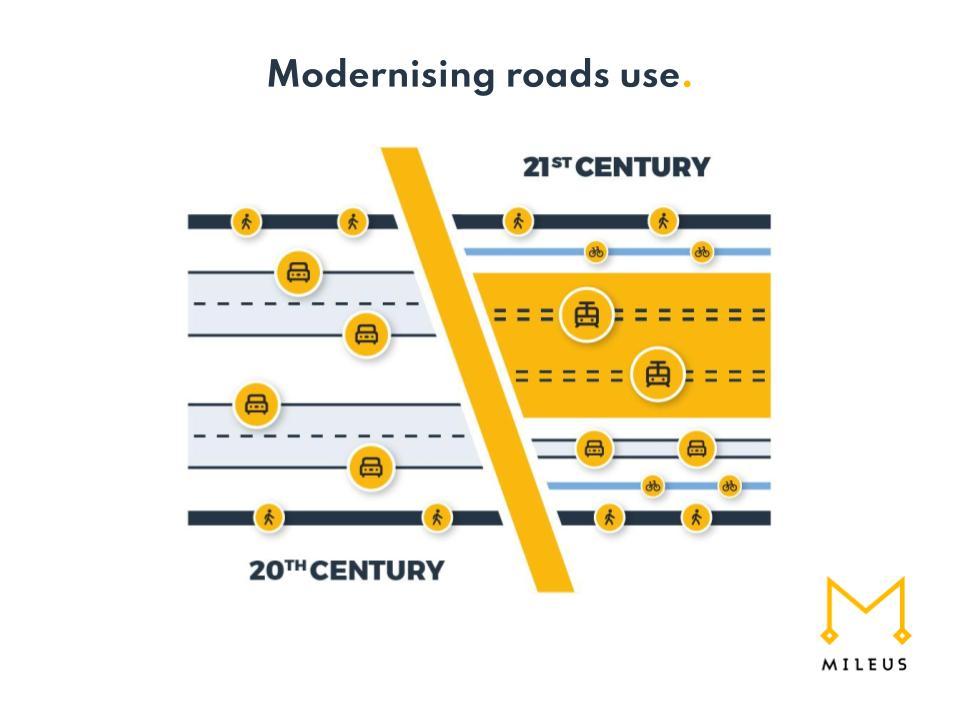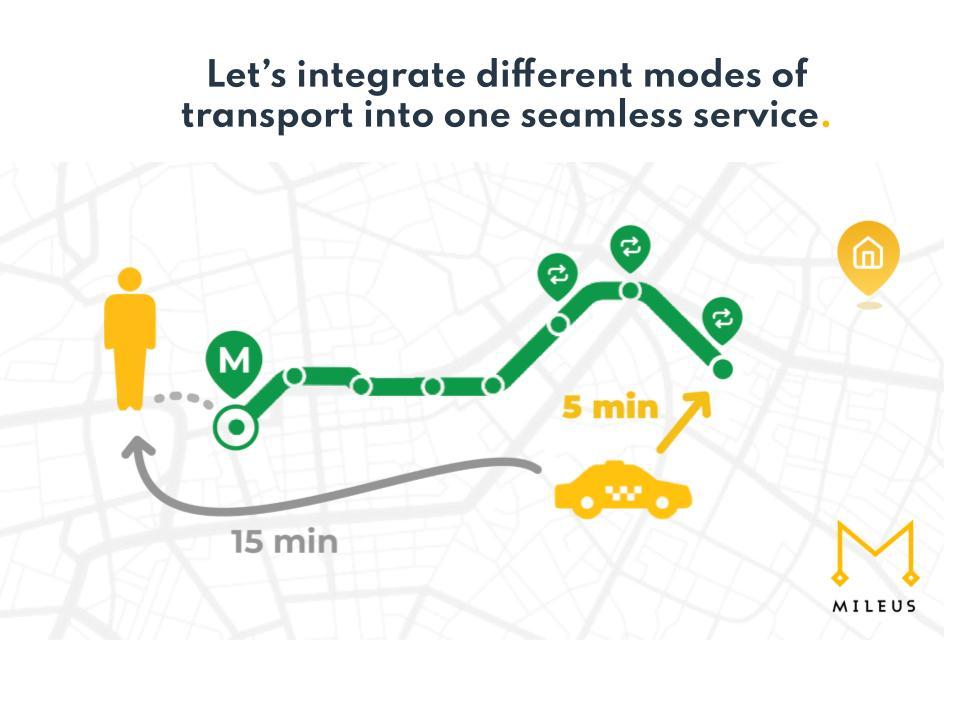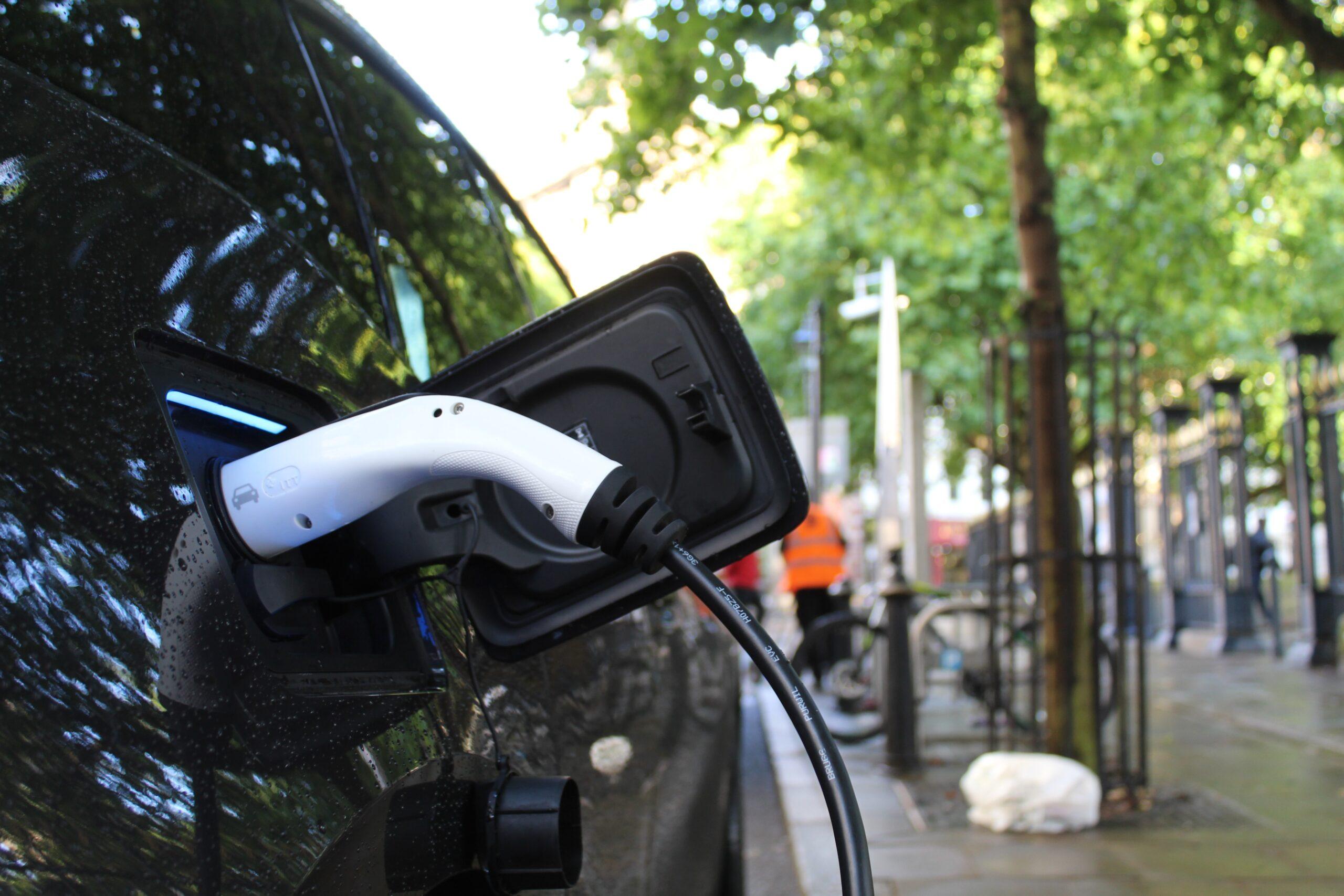S
S
Just around the corner in 2025, it is already expected that 10% of car sales globally will be EVs. Norway is leading this charge full speed; just this month, EV car sales made up 65% of car sales on their market.
Ride-hail and taxi companies, big and small, are making sweeping EV commitments, from Uber, Lyft, and Didi, to local companies, like Sherbet in London and Go Eco Cabs in Lyme Regis. When we turn our attention to the customer side of this, over a quarter of Brits are willing to pay more for an EV ride apparently.
Over a quarter of Brits are willing to pay more for an EV ride.
Cities are pulling out their carrot and stick agents to spur this EV shift along. Albeit not new – low emissions zones are becoming increasingly common across the map as more and more cities roll them out. London just recently introduced a development bylaw that calls for all new residential and non-residential buildings to have charging docks.
These facts speak for themselves — city authorities, manufacturers, ride-hail and taxi service operators, and customers alike are all moving this EV shift.
Why the EV rush?
Countries like the UK are racing to meet carbon neutrality goals; by 2050 it’s aiming for carbon neutrality. While there are endless ways to categorise what is contributing to CO2 emissions, transportation is always listed as one of the largest contributors. When we zoom into transportation a bit more, we see that it isn’t aeroplanes or freight trucks that aren’t the biggest contributors there. It’s the mass accumulation of passenger cars.

With their population density and accumulation of destination points, cities are naturally a hot spot for not just carbon emissions, but the other tail problems of urban mobility like congestion, sound pollution, equitable urban space use, and street safety.
For local authorities, it’s their job to make the most urban space use among many competing needs in a quickly changing world — bike lanes, public spaces, outdoor commercial space that is more COVID safe to name just a few.
We see several cities pushing back on the priority cars have been given as they roll out not just low emission zones, but traffic regulation zones, even banning private cars use in some parts of cities.
So, if we were to swish a green magic wand to make all the cars in our cities electric, we would still have a long list of urban mobility challenges and the need for clean energy to charge them as the graph below illustrates.

Zooming out to understand urban mobility.
Imagine your city from a birds-eye view. Think about how much of its space is given to cars, parked or moving. In the case of London, five thousands kilometres of streetside space are given to parking while parking spaces make up nine square miles.

Cities across the map are not just rolling out low emission zones – they’re also starting to roll out traffic restrictions aimed to reduce, and even ban, car use in the central parts of their cities prone to the worst congestion. But, if local authorities are going to ban something, they also need to support viable, and sustainable of course, alternatives.
[ read more : 10 cities kerbing private car use ]
Cars as part of a sustainable mobility ecosystem.
We can’t ban cars overnight. Nor do I think we want to – there are several cases that still draw on the need for a car. For example, if you live in the suburbs, often there aren’t good public transport connections close to your doorstep, nor can we expect this because it wouldn’t be viable for a city to run buses and metros on every street. Beyond the density of the urban landscape, not every individual is going to be in condition for walking longer distances or biking if they can’t rely on public transport.
In a sustainable and healthy urban mobility ecosystem, I do think cars play their own unique role – particularly in first- and last-mile journeys that connect with public transport in outer city areas where a lot of people live and commute from. Cars are not a dirty word – we just need to get smarter about how we use them, and that job isn’t just done at electrification. I’m talking about utilisation.
Compared to the life of a privately owned car, cars in professionally operated fleets are more sustainable. A privately owned car is used for 4% of the time on average, This makes the car’s life cycle last longer and therefore become more outdated, whereas a ride-hail or taxi car is utilised more and can adopt greener technologies.
A privately owned car is used for 4% of the time on average
Beyond considering emissions, fleets make smarter use of cars for two reasons.
Firstly, taxi and ride-hail vehicles are kept moving and don’t take up space with parking. They simply move people at a higher rate than a privately owned car.
Secondly, taxi and ride-hailing services can adopt technologies to synchronise with other modes of transport, most notably public transport. The future of urban mobility is going to a multimodal one that is seamlessly connected through one app for commuters. Privately owned cars are going to struggle to fit into this.

Cities like Cambridge and Leeds have implemented park and ride schemes that give outer city residents an opportunity to park their cars at public transit hubs then ride public transit into the city. While this is a good intermediary move, it simply moves the car space issue from urban centres to parking lots in suburbs – spaces that could be better used for something like housing.
We just need to think out of our private car comfort zone box to understand that ride-hailing and taxi cars are better for commuters and our cities — optimising how we use cars.
Going green, beyond EVs.
Beyond using EVs, taxi and ride-hail operators have ample potential to lessen their environmental impact, give commuters an alternative to always using their own cars, and optimise their business — all in the same stride. Here’s how.
1) Cut back passengerless miles as much as possible.
Nobody likes deadhead miles – they don’t bring in any income while they contribute to congestion and traffic, but they are necessary to pick up passengers. It’s not a new goal for companies and drivers alike to try to trim them down as much as possible and get the most out of every mile.
But here’s a new way to do so: by using public transport to your advantage. By integrating intermodality with public transportation into your routes, it makes pickup points more flexible so drivers don’t have to drive as far without a passenger. Shorter journeys and pickup times open the door for more flexible order stacking and more frequent rides.

2) Use taxis & ride-hail services where they work best.
Adam Smith taught us about division of labour and specialisation. Let’s use this theory to assess where in an urban landscape taxi and ride-hailing services work best and have the most potential to hone.
All cars, yes taxis too, get slowed down in frequently and heavily travelled transportation routes. It is along these major transportation arteries that public transport works best and has the most potential. Cars also get congested in dense inner city areas where active mobility and lightweight public transit like trams, have the most potential.
Taxis and ride-hail vehicles can get the most productive mileage in low density areas, out of congested inner city areas and rather helping connect commuters from public transportation hubs to their doorstep.

3) Make taxi and ride-hail services a realistic choice over private car commuting.
So, we know taxis and ride-hail vehicles have less environmental impact than privately owned cars. This is largely because they adapt into a mobility ecosystem much better since they can sync into an intermodal journey without having to be parked. Additionally, these fleets are better able to adopt greener technologies faster, taxi and ride-hailing services allow for optimised car use compared to private cars which are parked 96% of the time on average in the UK.
To motivate people to leave their cars at home, we need to think from the commuters’ standpoint. They want to get from their unique A to B journey efficiently, affordably, and comfortably.
Let’s first look at the case for just using public transportation. It’s more likely than not that commuters don’t live within a timely or comfortable walking distance to a public transport station. They may also have further connections that take up more time. Generally speaking, public transport can be inconvenient and uncomfortable.
And what about the case for just using ride-hail or taxi services? Ask the average person and they’ll say it’s too expensive to use daily. Plus, they can get stuck on major traffic routes or in inner city areas.
What about a combination that uses the best of ride-hail and taxi on the first or last mile paired with the best of rapid, public transit? Perfect. It’s much more affordable, comfortable, and time effective.
Driving beyond electric cars to a more sustainable future.
While we do need EVs, we also need to integrate them into the urban mobility ecosystem mix — and for this, taxi, ride-hail, and PHV operators play a central role. And it’s up to them to shake up the traditional roles of their services, both by collaborating with other urban mobility providers and by equipping themselves with the right intermodal tool to make their services more affordable, comfortable, and convenient for people to use over using their own car.
If you’re interested to learn more about how Mileus’s intermodal solution works, I’d be happy to jump on a call and chat. Feel welcome to reach out to me.
.
Want our regular urban mobility news, updates, and insights? Follow Mileus on LinkedIn!









